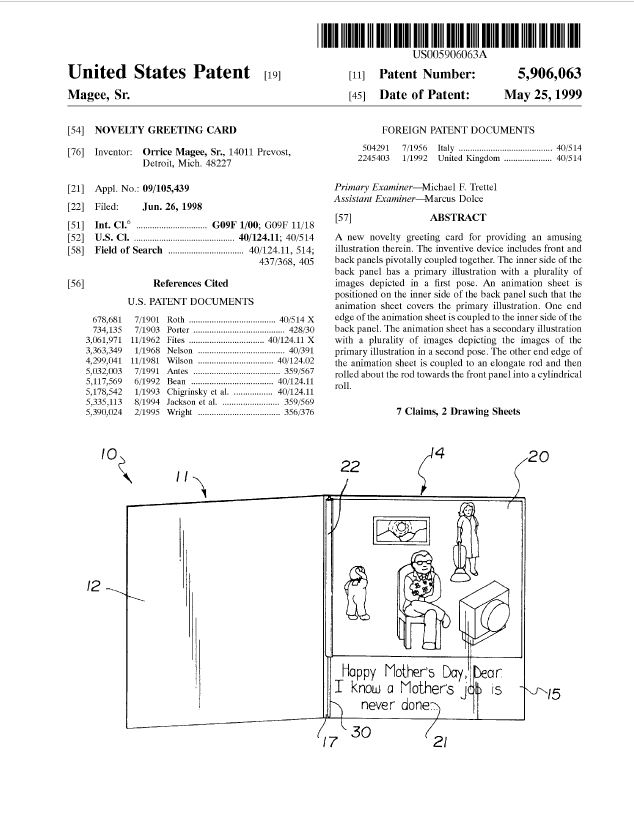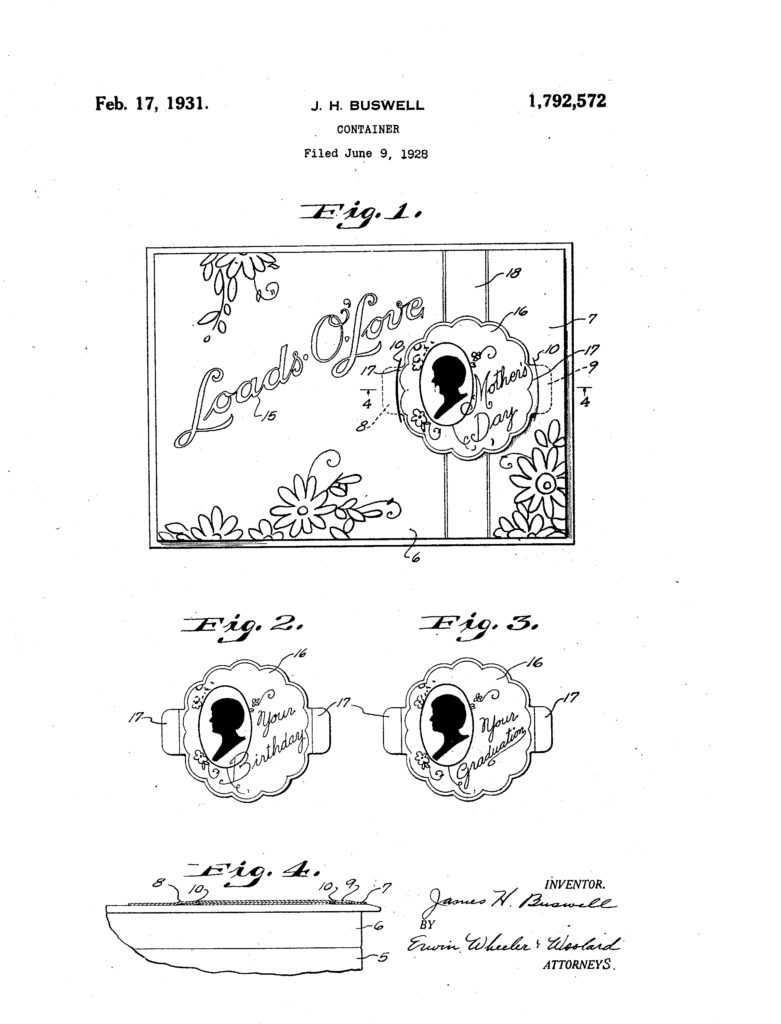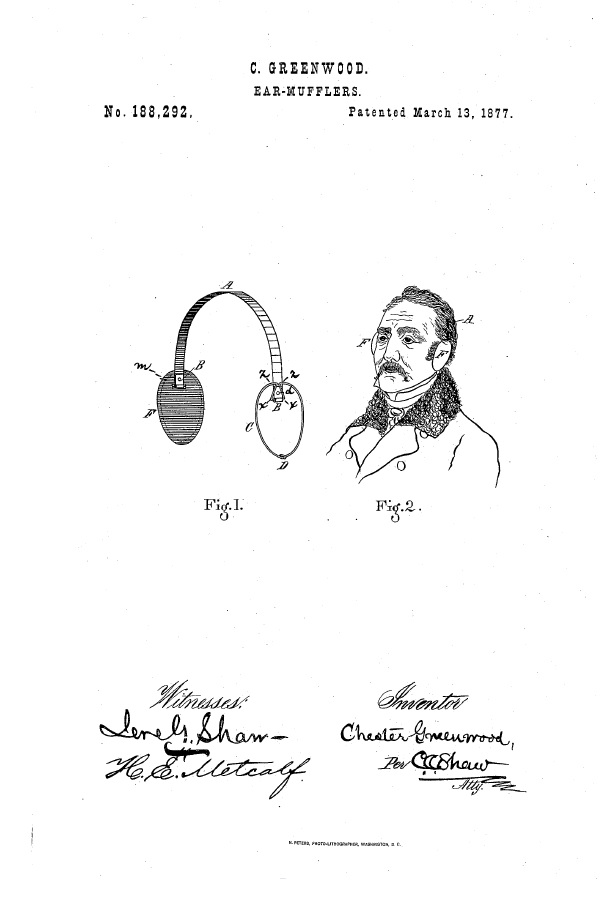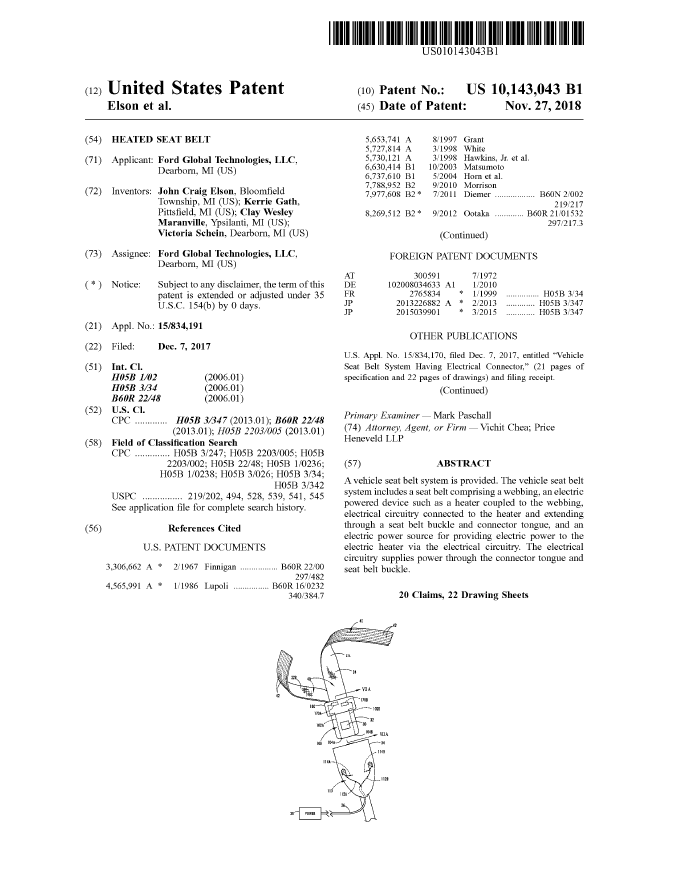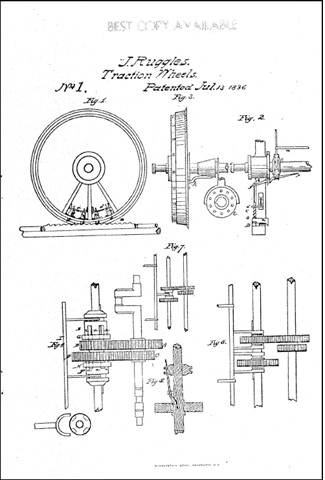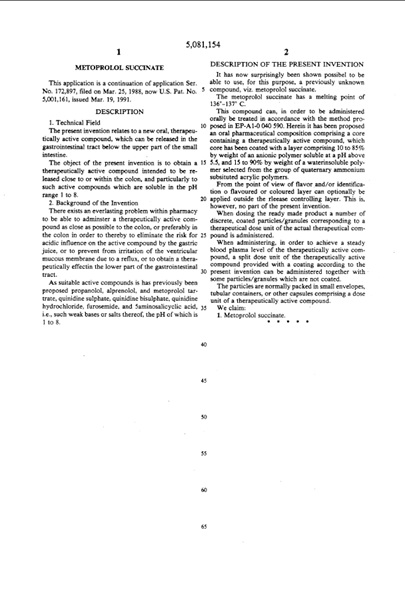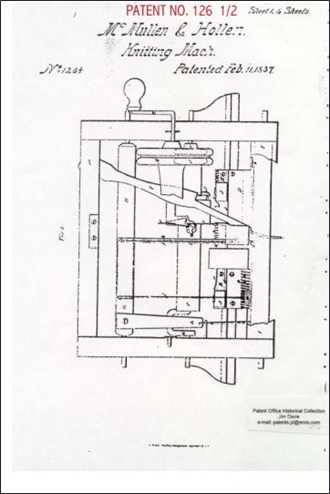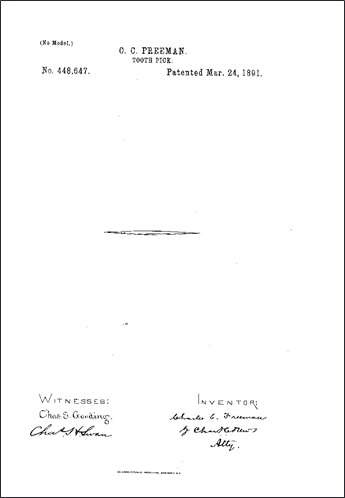In Quest Integrity USA, LLC v. Cokebusters USA Inc., [2017-2423] (May 21, 2019), the Federal Circuit affirmed the judgment of invalidity as to claims 12, 24, and 33, of U.S. Patent No. 7,542,874 under the on sale bar of 102(b), reverse the judgment of invalidity as to claims 30 and 40, and remanded for further proceedings.
Cokebusters defended on the ground that the claims were invalid under 35 U.S.C. § 102(b) because there was a commercial sale of services that used the claimed methods, computer-readable media, and system more than one year before June 1, 2004, the date the application that led to the ’874 patent was filed in the United States. The basis for the on-sale bar defense was an offer by Quest itself to provide furnace tube inspection services to a client in the petrochemical industry. The district court agreed, and granted summary judgment of invalidity of claims 12, 24, and 33, and after discounting affidavits by Quest as “sham affidavits” also granted summary judgment as to claims 30 and 40.
The Federal Circuit noted that the parties agreed that the Norco Sale was “a commercial offer for sale” under § 102(b), and said that the fact that Quest did not sell its hardware or software (i.e., its method, computer-readable medium, or system) does not take Quest’s commercial activities outside the on-sale bar rule. Rather, Quest used its method, computer-readable medium, and system commercially to perform furnace inspection services and produce the Norco Reports for its customer. Sale of a product produced by performing a claimed process implicates the on sale bar. The same approach necessarily applies where a service is performed for compensation using a claimed computer-readable medium or system that generates a “product.” After concluding that all of the limitations in the claims were in fact met by the pre-critical date commercial activity, the Federal Circuit affirmed summary judgment with respect to claims
12, 24, and 33.
However as to claims 30 and 40, there was an additional limitation that the district court relied upon the testimony of a co-inventor to find was also present in the pre-critical date commercial activities. However Quest argued that there was a genuine issue of material fact that precluded summary judgment because there was also contrary evidence in the form of declarations by the same inventor, and a co-inventor contradicting the earlier deposition testimony, and explaining why the inventor Lorenzo had made an error. The district court rejected Quest’s arguments, concluding that the declarations were “sham affidavits” because they contradicted the earlier deposition testimony.
The Federal Circuit concluded that the declarations of cannot be dismissed as sham affidavits. First, the second co-inventor’s declaration did not contradict any earlier testimony that he gave. The general rule is that the sham affidavit doctrine allows a court to disregard an offsetting affidavit that is submitted in opposition to a motion for summary judgment when the affidavit contradicts the affiant’s prior deposition testimony, not another witness’s prior deposition testimony. The Federal Circuit also determined that it was error to disregard the first co-inventor’s declaration because it offered a detailed declaration in which he provided a “plausible explanation” why his deposition testimony was incorrect. (The co-inventor was shown only a portion of the source code that did not contain dated comments from after the critical date, indicating that the version he testified about was not in use prior to the critical date, and further the displays were inconsistent with the use of the code he was shown.).
The Federal Circuit said that the detailed explanation in the declaration and corroborating evidence took the declaration out of the sham affidavit doctrine. The Federal Circuit reversed summary judgment as to claims 30 and 40, and remanded.

